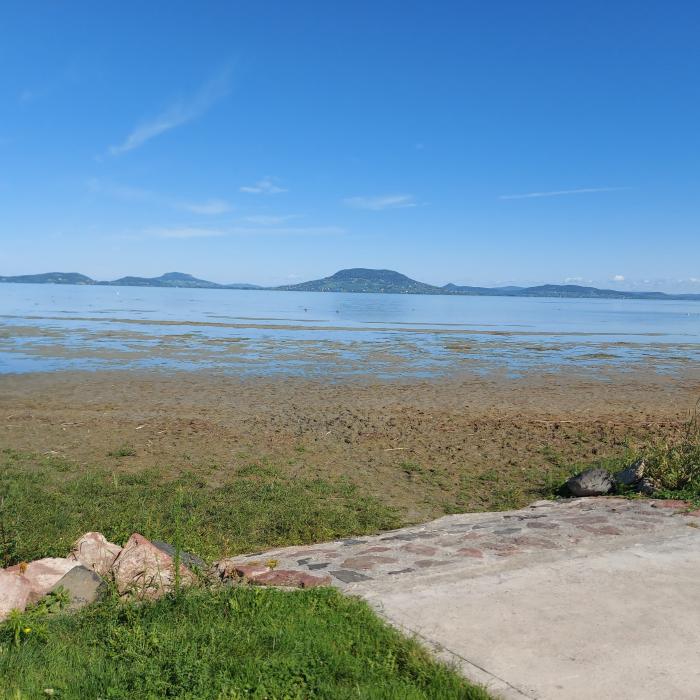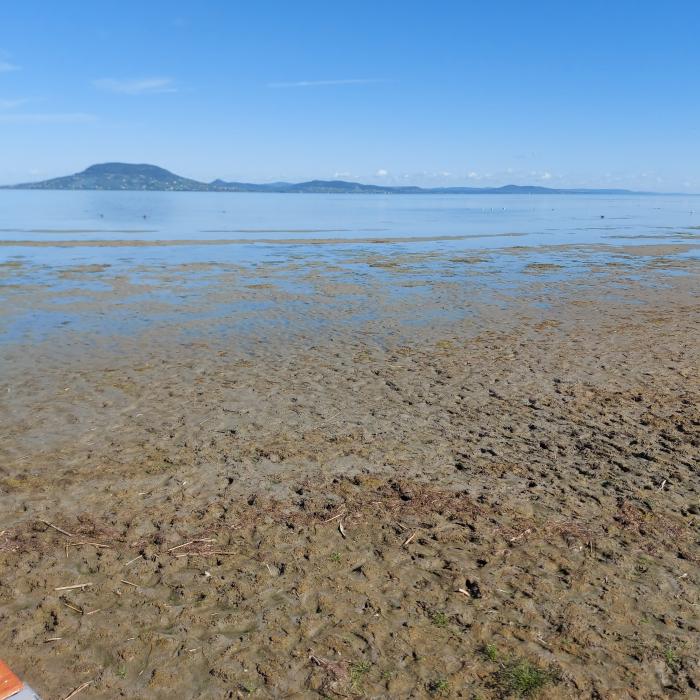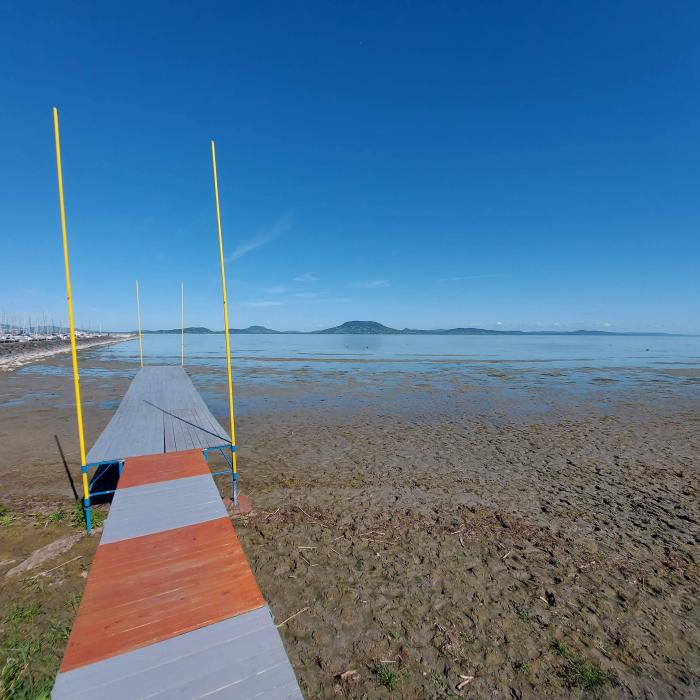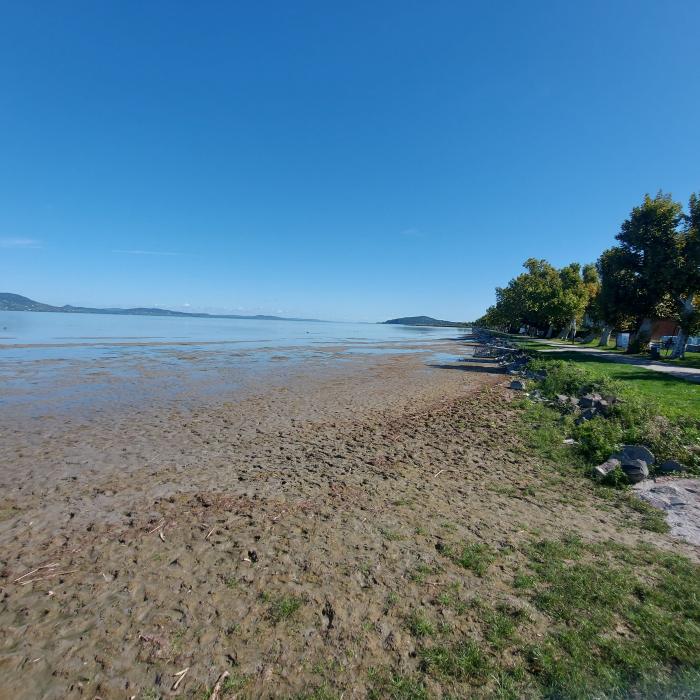In recent weeks, attention has once again turned to Lake Balaton, and especially to its water level. It is therefore important to emphasize: the fluctuation of the lake’s water level is a natural process, and a level below 70 cm does not pose a threat to the lake’s ecosystem or water quality.
1. Natural water regime, natural fluctuations
Lake Balaton is a shallow, wind-exposed lake, where the water level changes from year to year depending on precipitation, evaporation, and inflowing waters.
Long-term observations show that water levels below 70 cm have occurred several times in past decades – for example, in 2002 and especially in 2003, when the Siófok gauge showed only 23 cm. Yet, the water quality was excellent that year, and the summer season proceeded without any problems.
2. Social expectations and ecological reality
It is understandable and natural that certain social groups – anglers, bathers, sailors, and tourism operators – expect the lake to hold as much water as possible.
However, scientific experience shows that persistently high water levels do not necessarily benefit the ecosystem; in fact, under certain conditions, they may even negatively affect water quality.
For the lake’s reed beds, shallow shoreline habitats, and fish populations, a certain degree of water level fluctuation is both natural and necessary.
If the water level remains high for an extended period, shoreline habitats can gradually degrade, which in the long term threatens the biodiversity of the ecosystem.
3. There is no direct link between water level and algal blooms
Our research shows that low water levels do not cause algal blooms across the lake as a whole.
It may happen that during low water periods, certain filamentous green algae appear in greater amounts in shallow areas, especially along the southern shore, but this is a completely harmless phenomenon, with reports dating back to the first half of the 20th century.
Over the past two decades, the amount of planktonic algae exceeded the World Health Organization’s threshold in only two years – 2019 and 2021 – and this was not directly related to water level.
The water quality of Lake Balaton is determined much more by nutrient loading – both internal and external – especially by the amount of phosphorus available to algae.
4. No reason for alarm – but every reason for attention
Our climate is changing; in addition to extreme temperature conditions such as prolonged heatwaves, the distribution of precipitation is becoming increasingly irregular from year to year.
Such phenomena strongly affect shallow aquatic ecosystems like Lake Balaton.
The HUN-REN Balaton Limnological Research Institute continuously monitors the state of the lake and its living organisms and provides scientifically sound data to support decision-makers.
Our goal is to support dialogue about the present and future of Lake Balaton through calm, fact-based communication.
Therefore, we must clearly state: the currently observed low water level does not indicate that the lake is drying up – rather, it reflects its natural dynamics.
At the same time, it is essential to carefully monitor new climatic, hydrological, and limnological phenomena and to conduct in-depth scientific research into their causes and consequences.
There is an urgent need to analyze and prepare possible solutions for handling critical situations.
Gábor Vasas
Director
HUN-REN Balaton Limnological Research Institute
Gergely Boros
Senior Research Fellow
HUN-REN Balaton Limnological Research Institute







